Blog
Somata सोम
The exhibition „somata“ combines two photographic themes Swiss-Greek artist Stephan Brauchli has been working on for more than 15 years: fine art nude and abstract smoke photography. It took place in Athens, Greece at the Image Gallery (Amalias 36) from 23.11.-08.12.2018.
see bottom of page for GREEK text
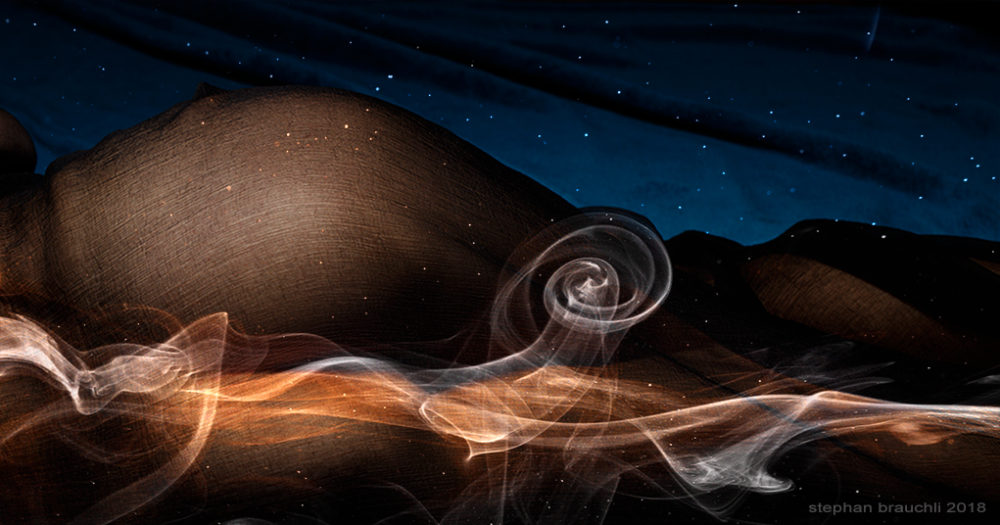
Definition of soma:
plural: somata; Sanskrit: सोम Greek: σώμα
1. The body as distinct from the soul, mind, or psyche.
2. An intoxicating drink prepared from a plant and used in Vedic ritual, believed to be the drink of the gods.
1 – body. The physical structure, including the bones, flesh, and organs, of a person or an animal. A material object.It is the reflection of light on a body that makes it visible. Photography literally means “drawing with light”, but this is only possible by introducing one or more bodies. For instance, as tiny smoke particles (σωματίδια) cross the light’s path, they reflect it thereby making the smoke plume visible to our eyes. A closer look also reveals colors which result from the incoming light being refracted at different angles. The iridescence is especially strong with soap bubbles due to very thin layers of soap and water particles or with silk due to its triangular prism-like fiber structure.
2 – an intoxicating drink prepared from a plant and used in Vedic ritual, believed to be the drink of the gods. Soma was a Vedic ritual drink of great importance among the early Indians. It was prepared from a plant (possibly also containing fly amanita). While, according to Greek mythology, the similar ambrosia nectar could only be consumed by the gods, soma could also be consumed by humans to bring them closer to the realm of the gods. Next to hallucinogenic qualities, soma was also said to be a delicious aphrodisiac and supposedly gave courage to warriors before battle. It is said to be the lifeblood of all creatures, the juice in plants, the blood of gods, humans and animals.
The works shown in somata relate to at least one of the definitions above. The taunting erotic visions blend with the surreal smoke apparitions combining aphrodisiacal with hallucinatory imagery as though the viewers of the exhibition themselves were under the influence of soma.
Side note: Stephan’s great great uncle, the Corfiot novelist Konstantínos Theotókis (1872-1923), translated “Nala and Damayanti”an episode from the Mahabharata from Sanskrit (Νάλας και Νταμαγιάντη, Μαχαμπχαράτα) into Greek. The famous Sanskrit epic is said to also have Vedic origins, so it is not unlikely that Konstantínos was also aware of the qualities of soma.
The smoke plume moves frantically, bucking in all directions like a raging bull in a rodeo, unpredictable and chaotic. Unlike slow-rising smoke from a cigarette, it is moving with great speed nervously drawing complex shapes into the darkness.
Each smoke image in Somata depicts only 1/10’000th of a second in the smoke’s trajectory. The video below shows what the smoke looks like when it moves. It was filmed with a high-speed camera and is played back 7 times slower than reality, allowing the viewer to see similar shapes to the ones shown in Somata.
Σώματα सोम
Η έκθεση με τίτλο “somata” συνδυάζει 2 φωτογραφικά θέματα πάνω στα οποία δουλεύει για πάνω από 15 χρόνια ο Ελληνο-Ελβετός καλλιτέχνης Stephan Brauchli: καλλιτεχνικό γυμνό και αφηρημένα σχήματα καπνού.
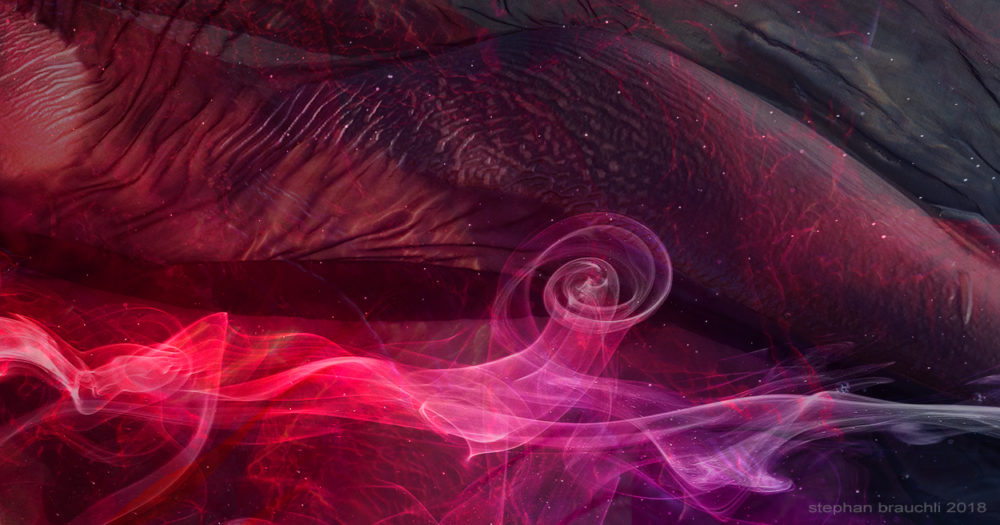
Ορισμός: soma
1) Ελληνικά: Σώμα , πληθυντικός: Σώματα (somata) · το σώμα ως κάτι ξεχωριστό από την ψυχή, το μυαλό και το πνεύμα.
2) Σόμα Σανσκριτικά: सोम · το ποτό των Θεών (Βεδική θρησκεία των Ινδών)– Σώμα. Η φυσική δομή, συμπεριλαμβανομένων των οστών, της σάρκας και των οργάνων, ενός ανθρώπου ή ενός ζώου.
1) Ένα υλικό αντικείμενο. Η αντανάκλαση του φωτός πάνω σε ένα σώμα ειναι εκείνη που το καθιστά ορατό. Η φωτογραφία ετυμολογικά σημαίνει “γράφω με φώς”, (σύλληψη με το φως,) αλλά αυτό είναι δυνατό μόνο με τη συμμετοχή ενός ή περισσότερων σωμάτων. Για παράδειγμα, καθώς τα μικροσκοπικά σωματίδια καπνού διασχίζουν το μονοπάτι του φωτός, το αντανακλούν καθιστώντας έτσι την στήλη του καπνού ορατή στα μάτια μας. Με μια προσεκτική ματιά αποκαλύπτονται επίσης χρώματα που προκύπτουν από το εισερχόμενο φως που διαθλάται υπό διαφορετικές γωνίες. Ο ιριδισμός είναι ιδιαίτερα έντονος με φούσκες σαπουνιού λόγω των πολύ λεπτών στρώσεων σωματιδίων σαπουνιού και νερού ή με το μετάξι λόγω της τριγωνικής του δομής που θυμίζει πρίσμα.
2) Σόμα. Ένα μεθυστικό ποτό που παρασκευαζόταν από ένα φυτό και χρησιμοποιούταν στη βεδική τελετουργία. Στην αρχαία Βεδική θρησκεία των Ινδών πιστεύεται ότι ήταν το ποτό των θεών. Η Σόμα ήταν ένα βεδικό τελετουργικό ποτό μεγάλης σημασίας για τους πρώτους Ινδούς. Παρασκευαζόταν από ένα φυτό (ενδεχομένως τον αμανίτη). Ενώ, σύμφωνα με την ελληνική μυθολογία, το αντίστοιχο νέκταρ αμβροσίας μπορούσε να καταναλωθεί μόνο από τους θεούς, η σόμα μπορούσε να καταναλωθεί και από ανθρώπους για να τους φέρει πιο κοντά στη σφαίρα των θεών. Εκτός από τις παραισθησιογόνες ιδιότητες της, η σόμα λέγεται ότι ήταν ένα πολύ εύγευστο αφροδισιακό και παράλληλα χάριζε θάρρος στους πολεμιστές πριν από τη μάχη. Λέγεται ότι ήταν η ψυχή όλων των πλασμάτων, ο χυμός των φυτών, το αίμα των θεών, των ανθρώπων και των ζώων.
Τα έργα που παρουσιάζονται στην έκθεση somata αφορούν τουλάχιστον έναν από τους παραπάνω ορισμούς. Τα σαγηνευτικά ερωτικά οράματα εναρμονίζονται με τις σουρεαλιστικές εμφανίσεις του καπνού και συνδυάζουν αφροδισιακές με ψευδαισθητικές εικόνες, σαν οι ίδιοι οι θεατές της έκθεσης να ήταν υπό την επήρεια της σόμα.
Σημείωση: Ο προ δύο γενεών θείος του Stephan, ο Κερκυραίος συγγραφέας Κωνσταντίνος Θεοτόκης (1872-1923), μετέφρασε το «Νάλας και Νταμαγιάντη», ένα κεφάλαιο από τα Μαχαμπαράτα (ινδικό έπος – λογοτεχνικό έργο), από τα σανσκριτικά στα ελληνικά. Το διάσημο σανσκριτικό έπος λέγεται ότι έχει επίσης Βεδική προέλευση, οπότε δεν είναι απίθανο ο Κωνσταντίνος να γνώριζε επίσης τις ιδιότητες της σόμα.

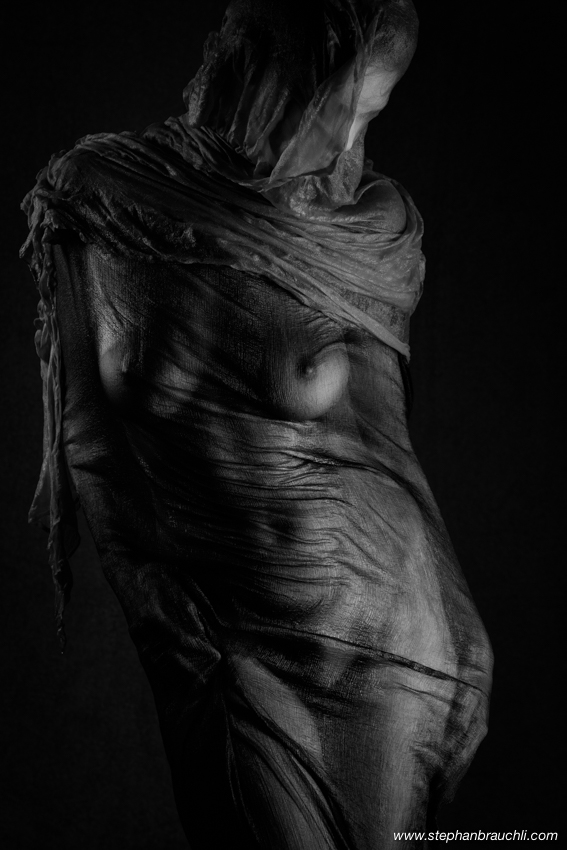
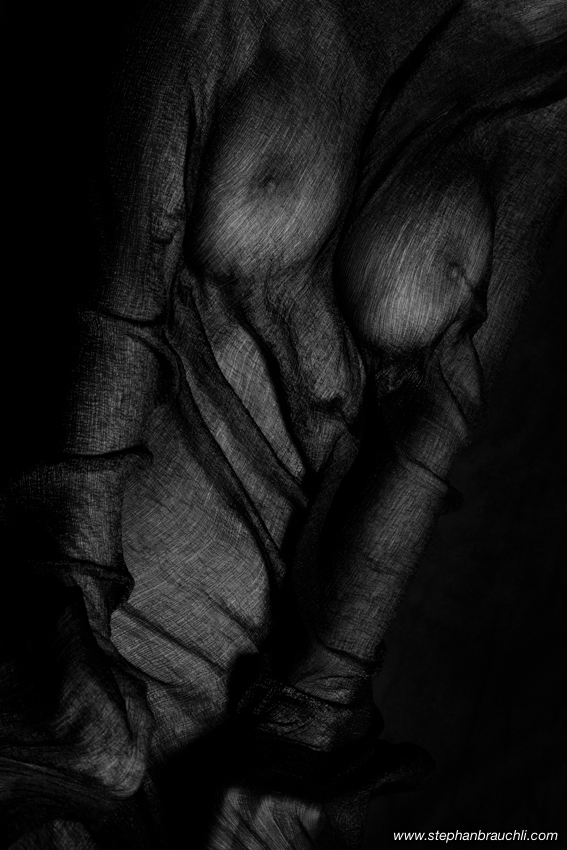
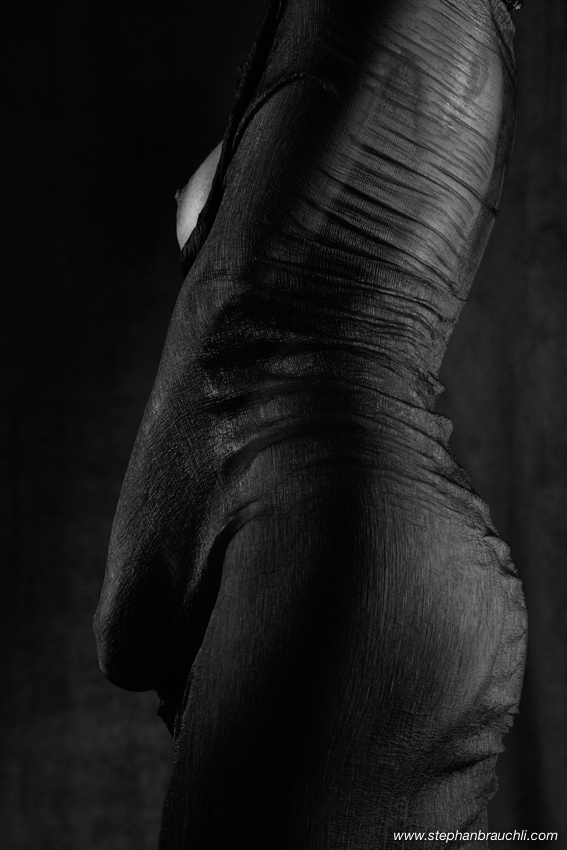
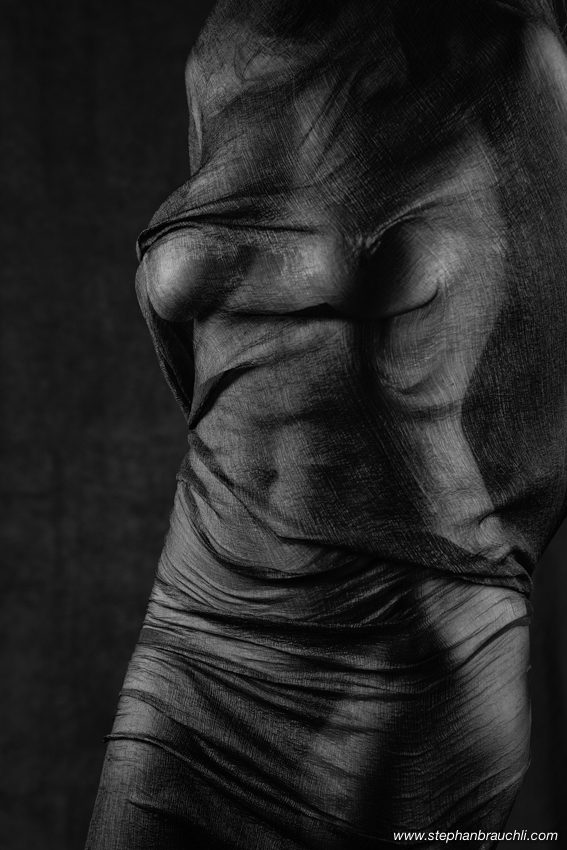
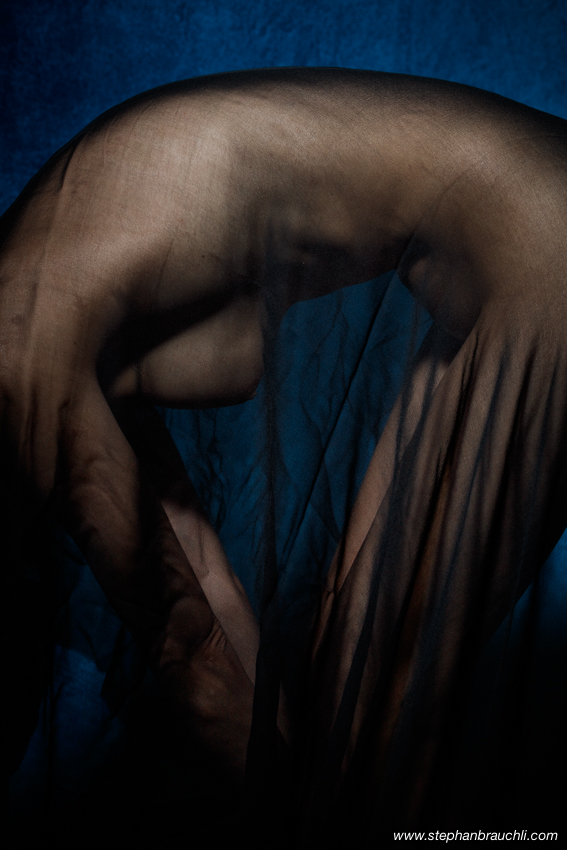
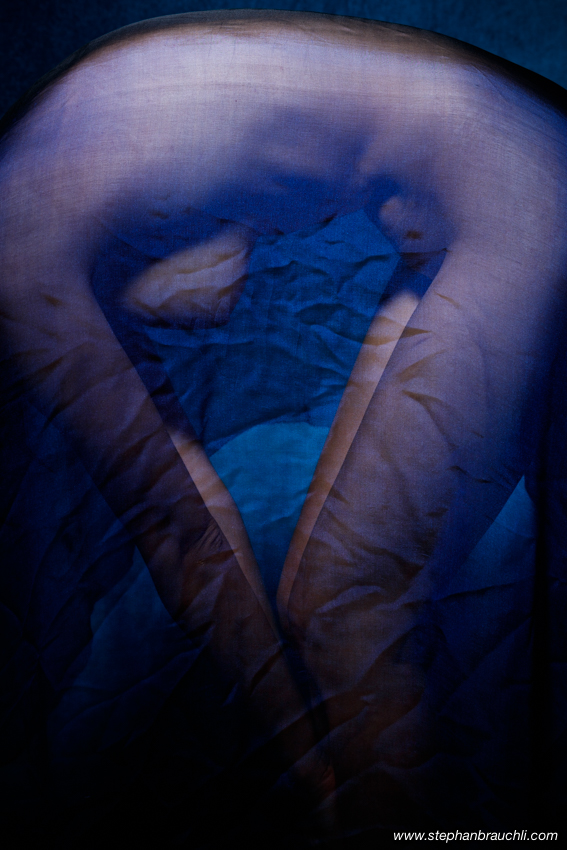
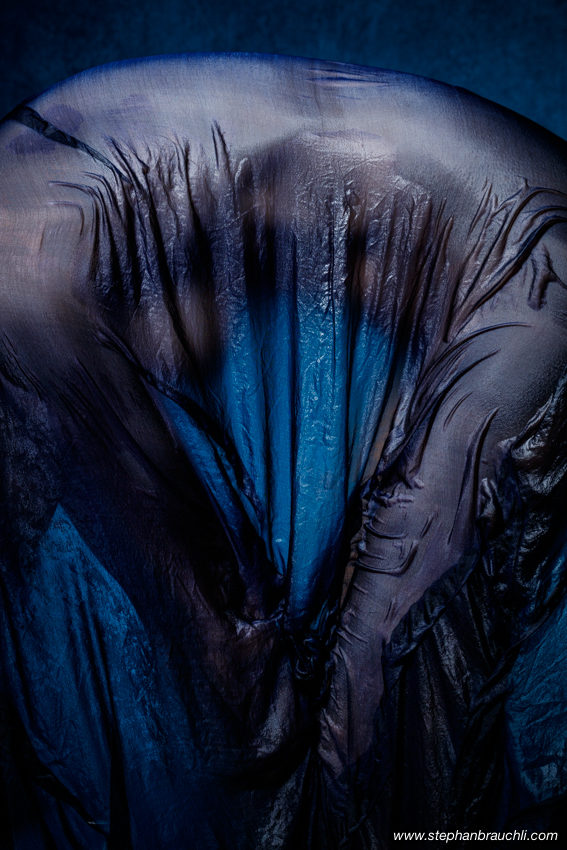
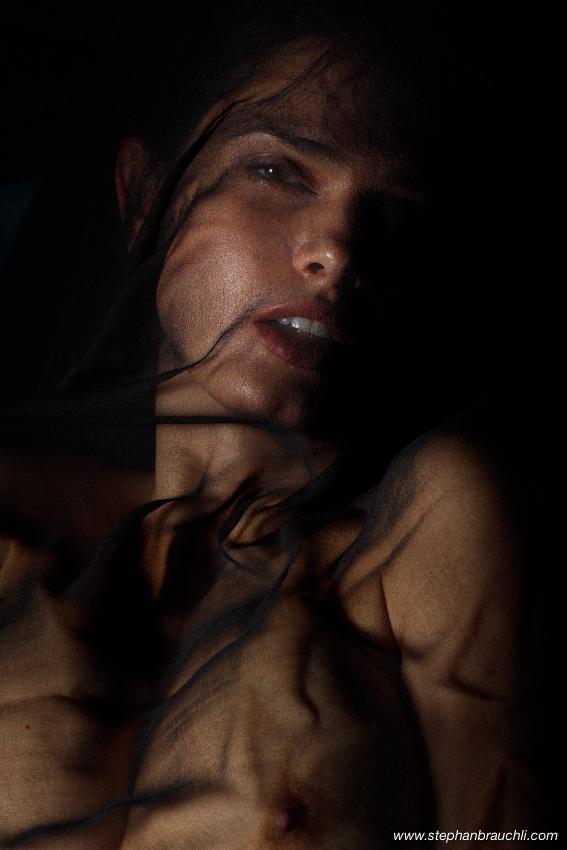
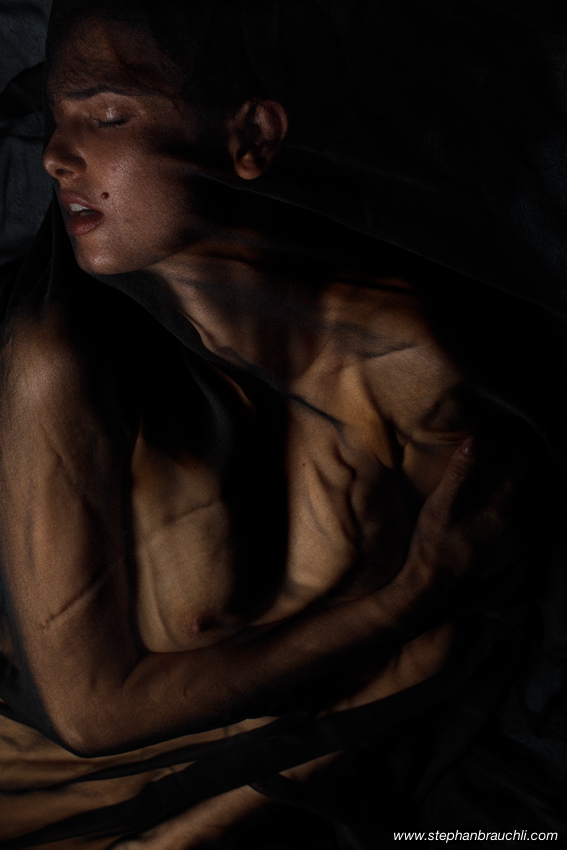


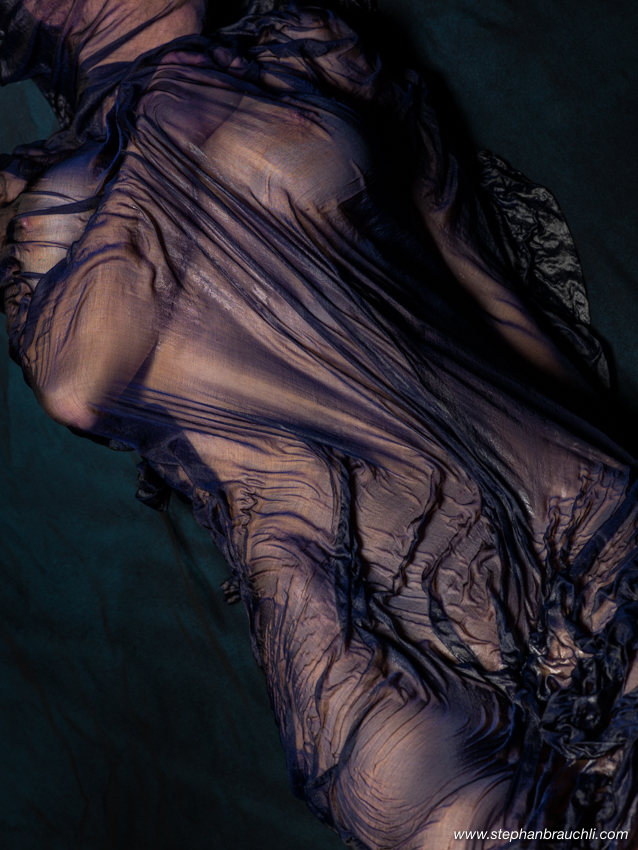
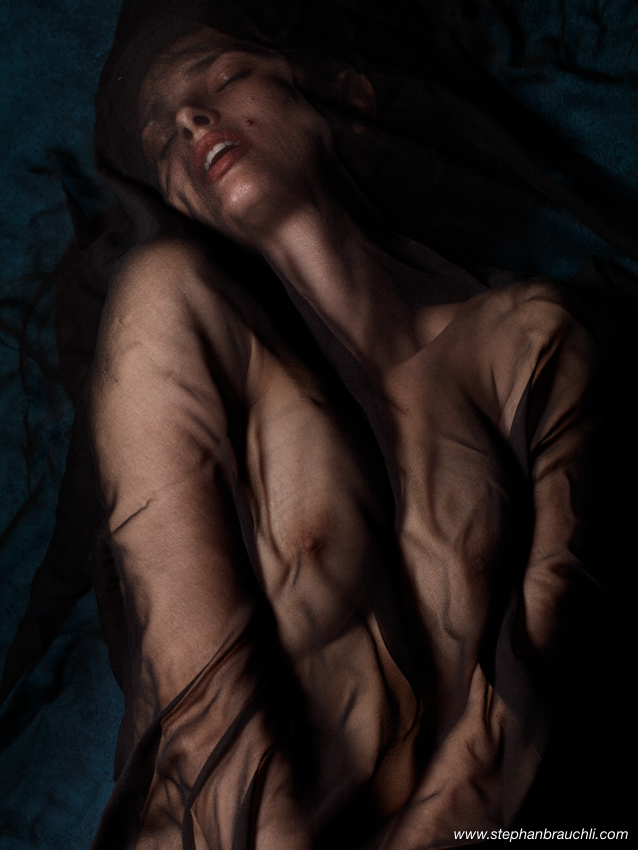
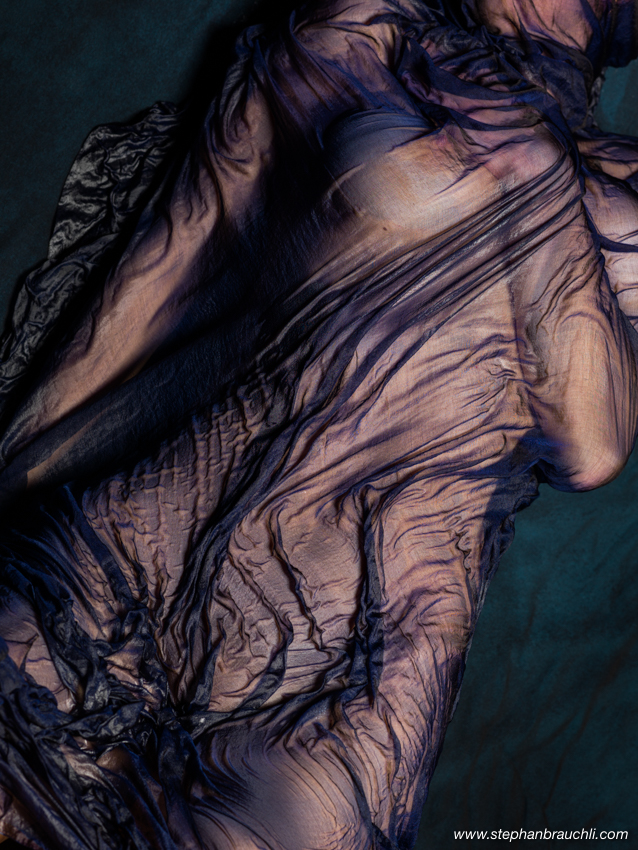
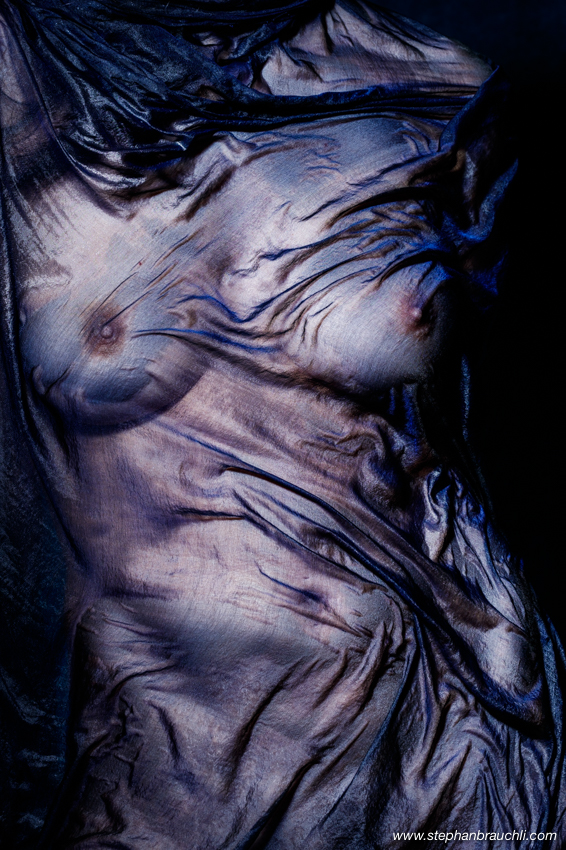
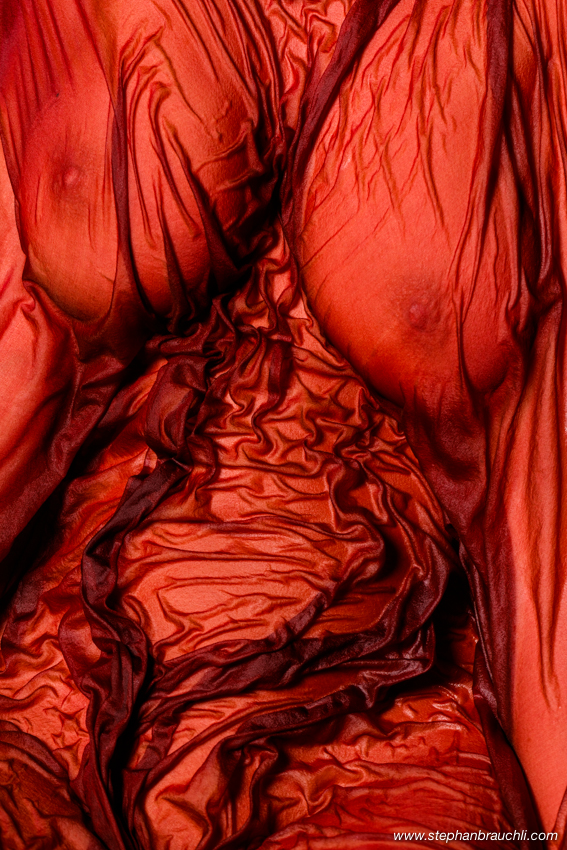
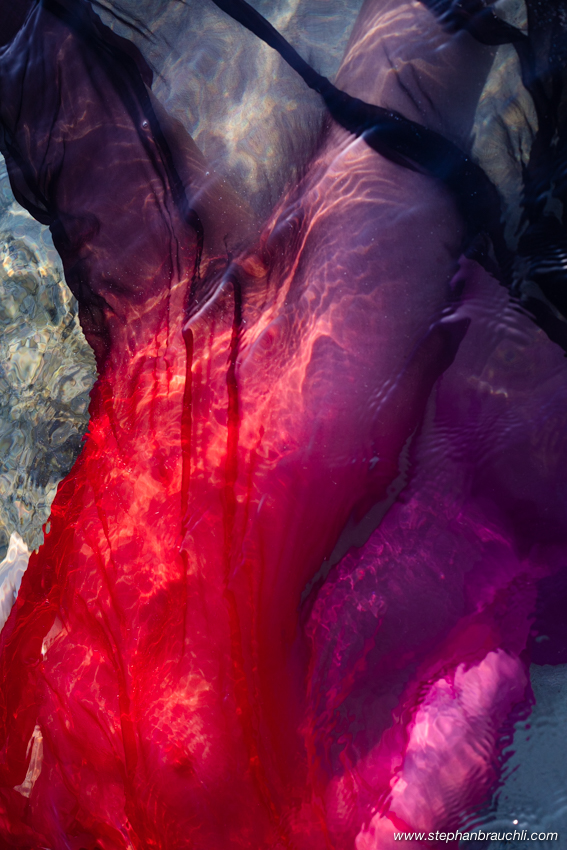

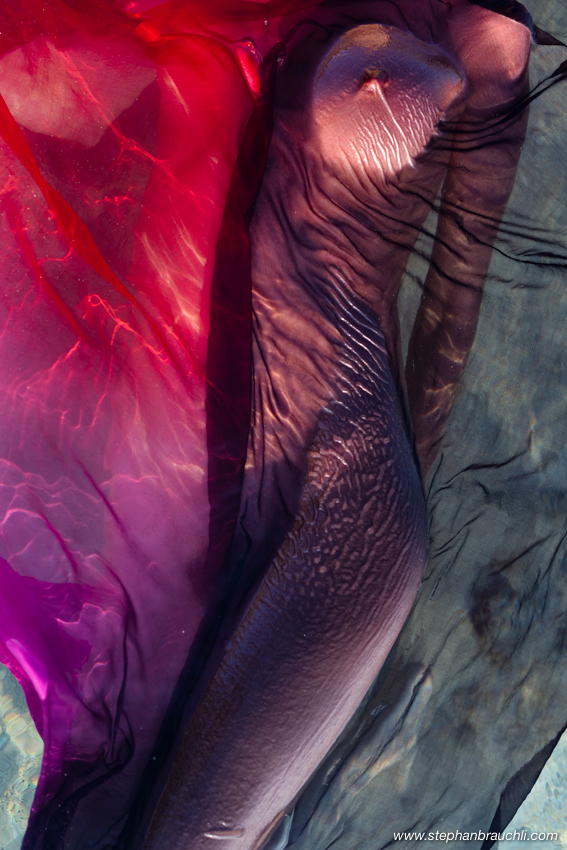
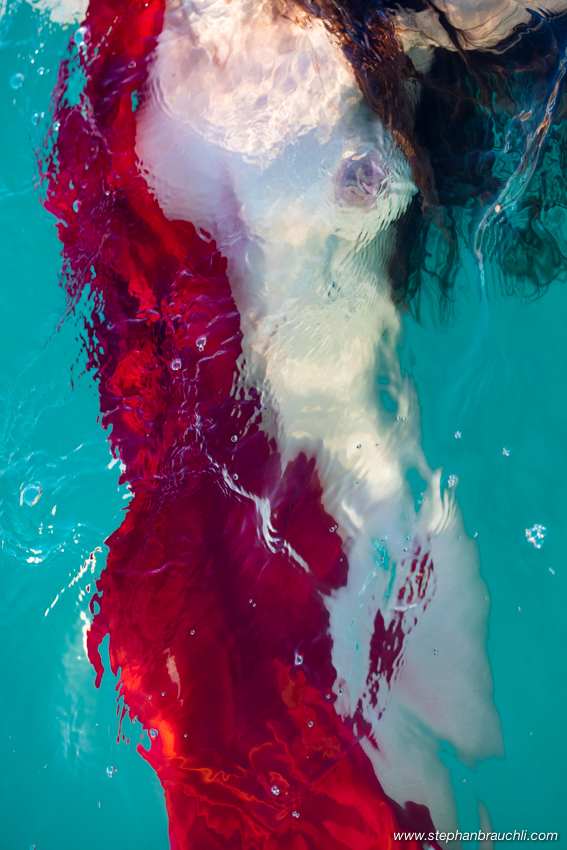
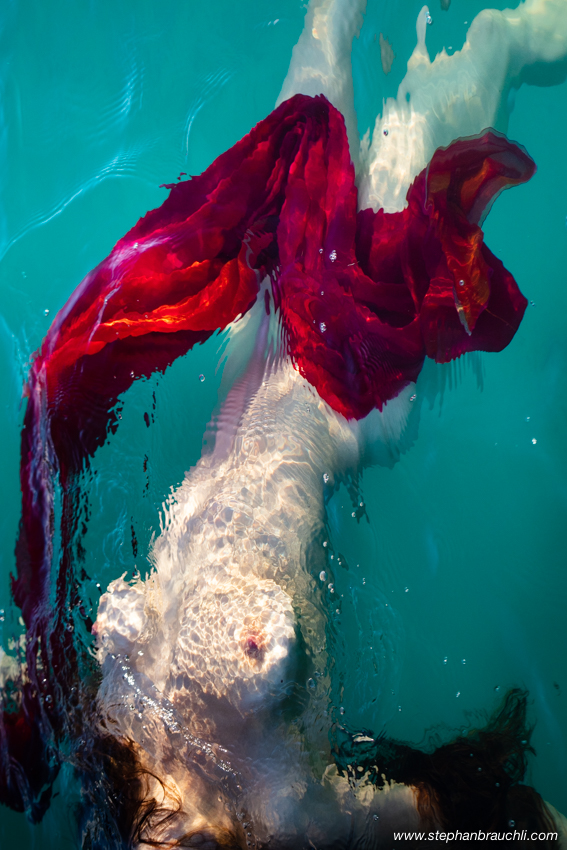
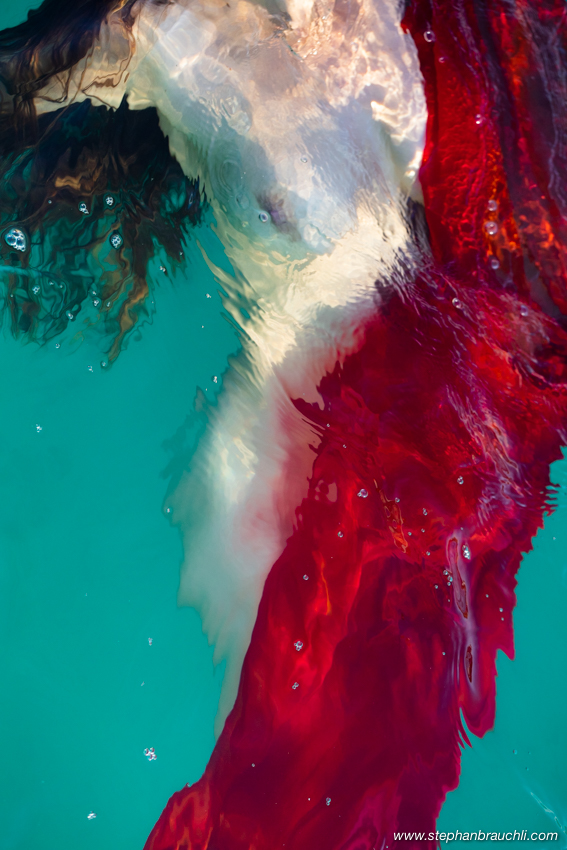
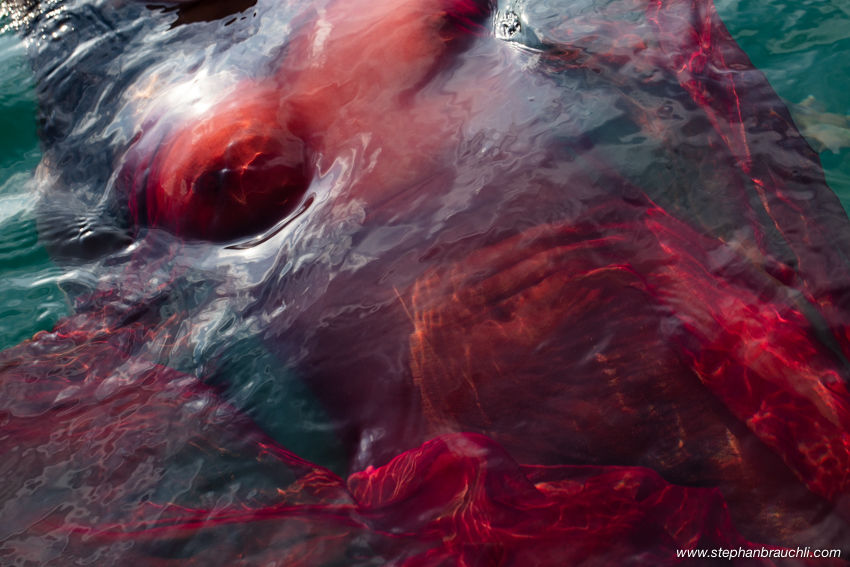
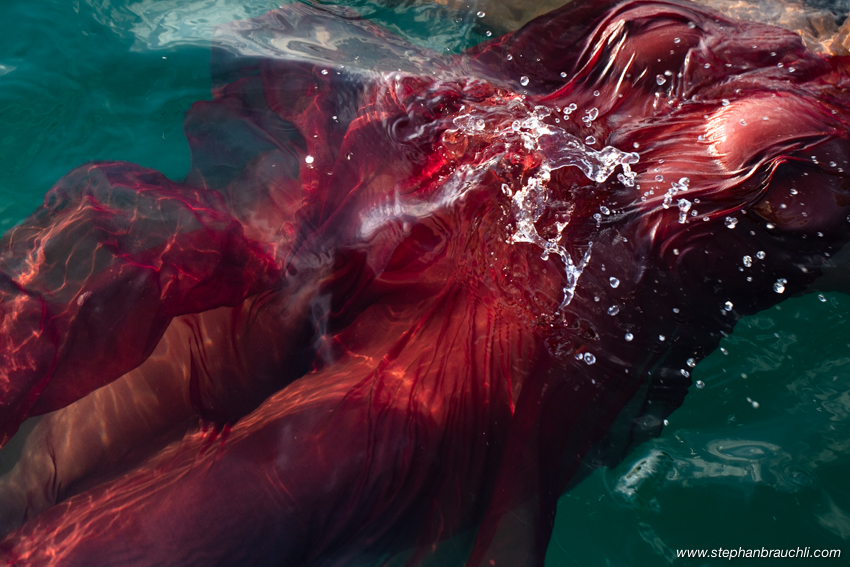
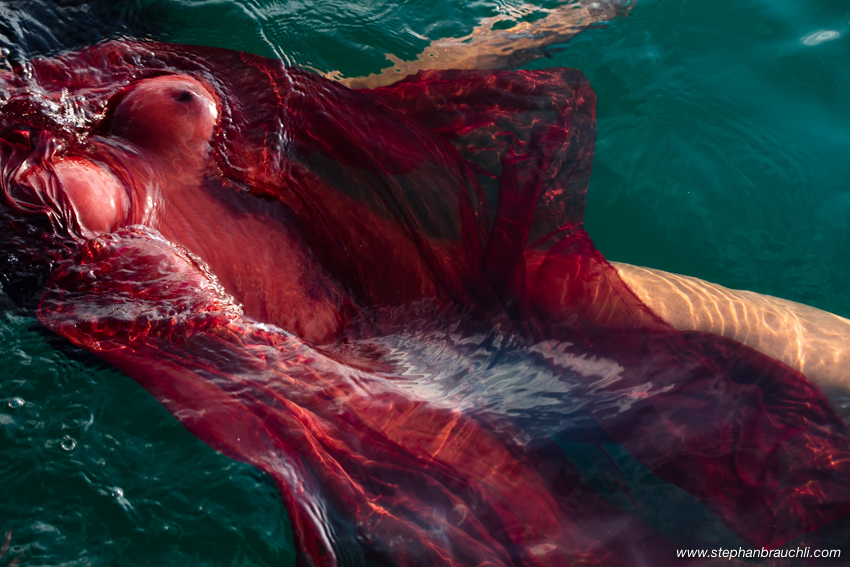

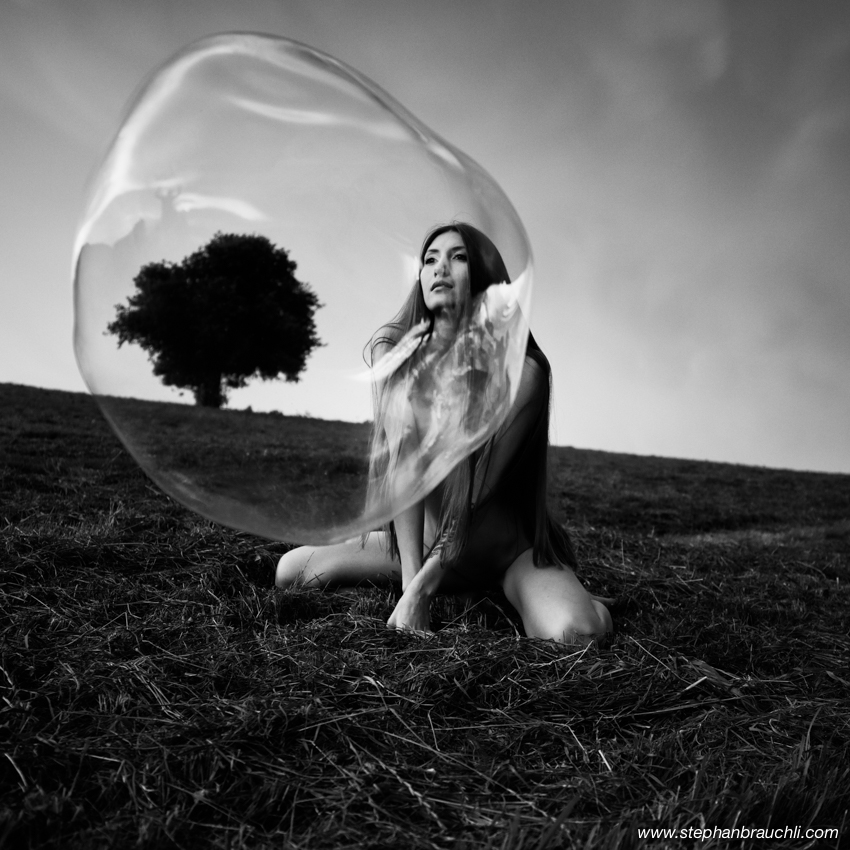
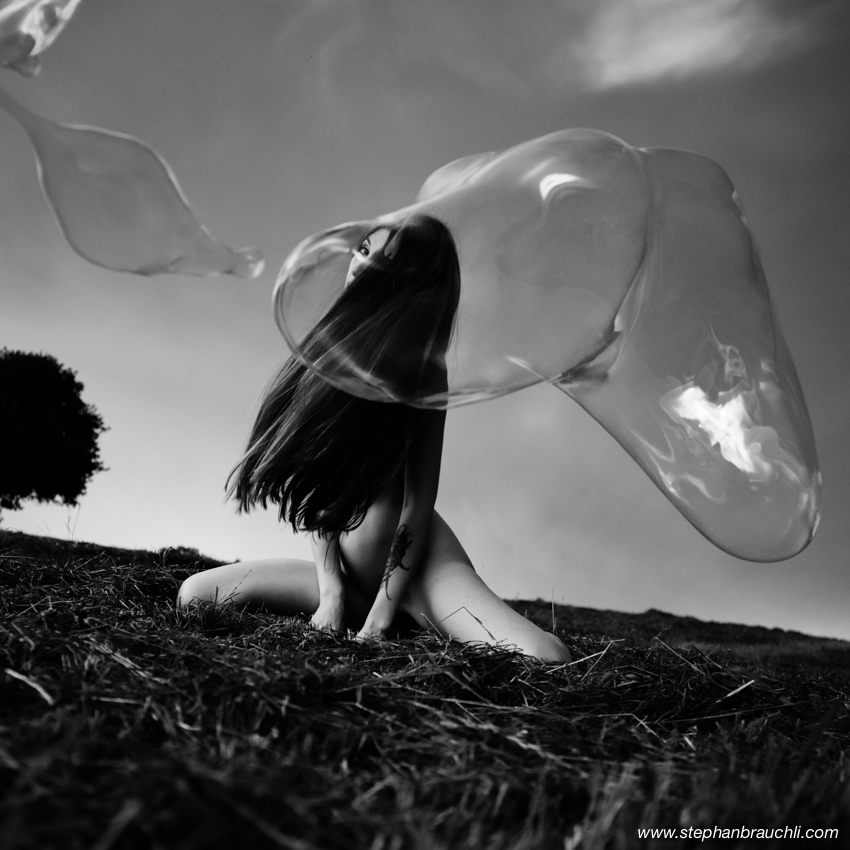
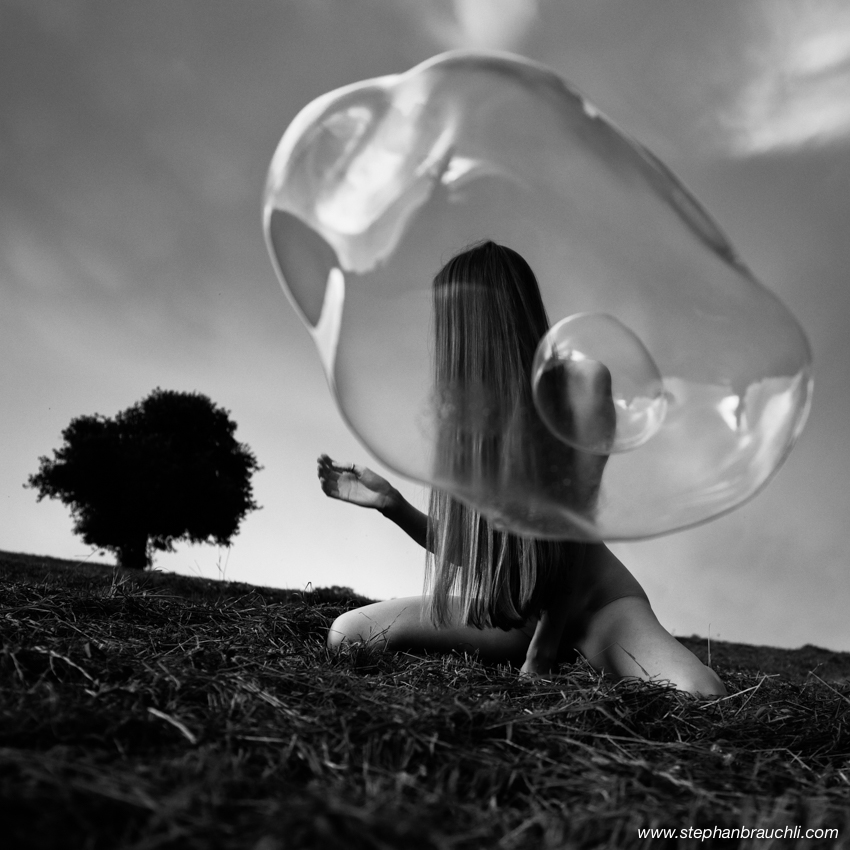
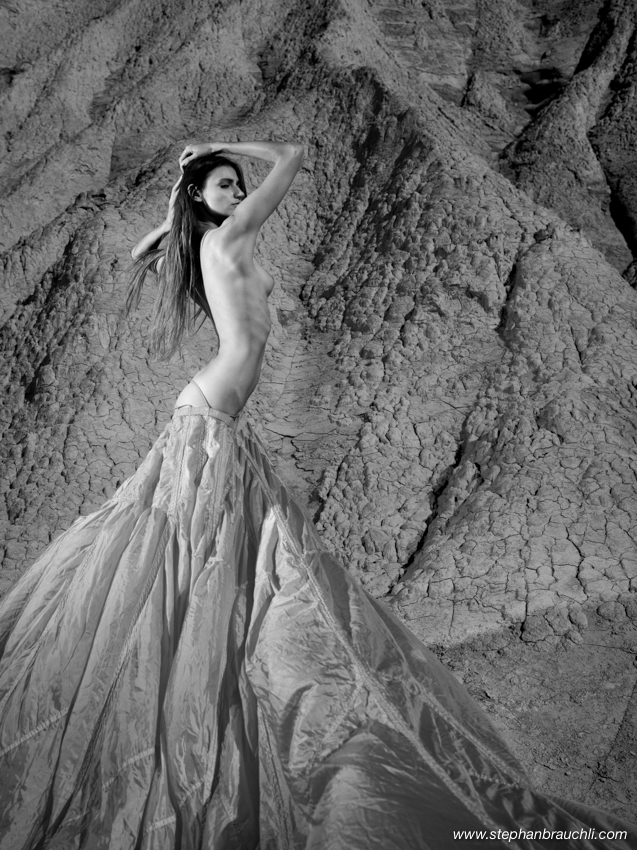
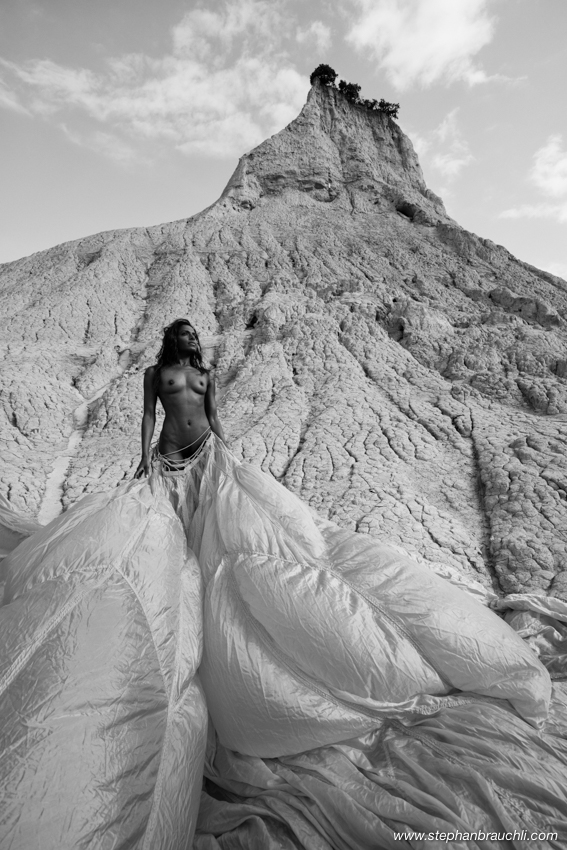
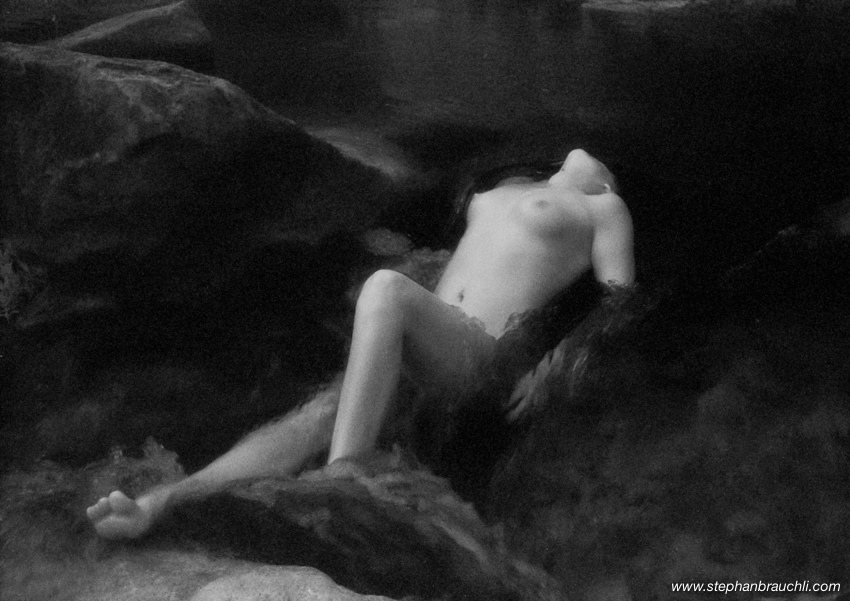
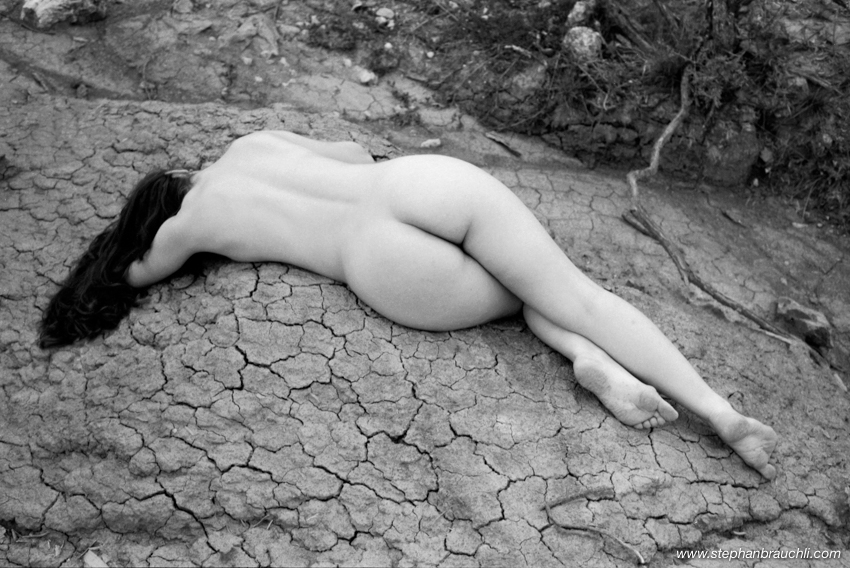
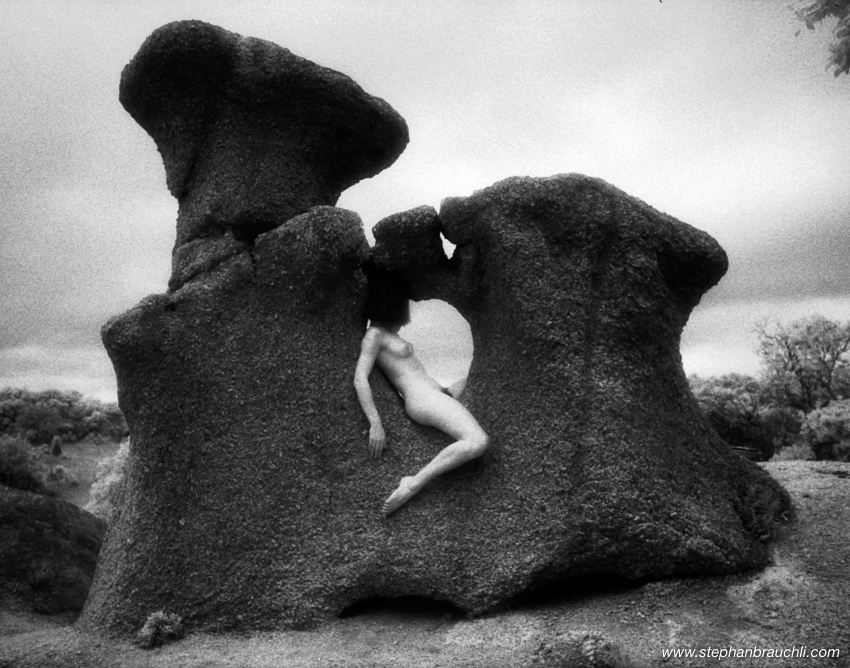

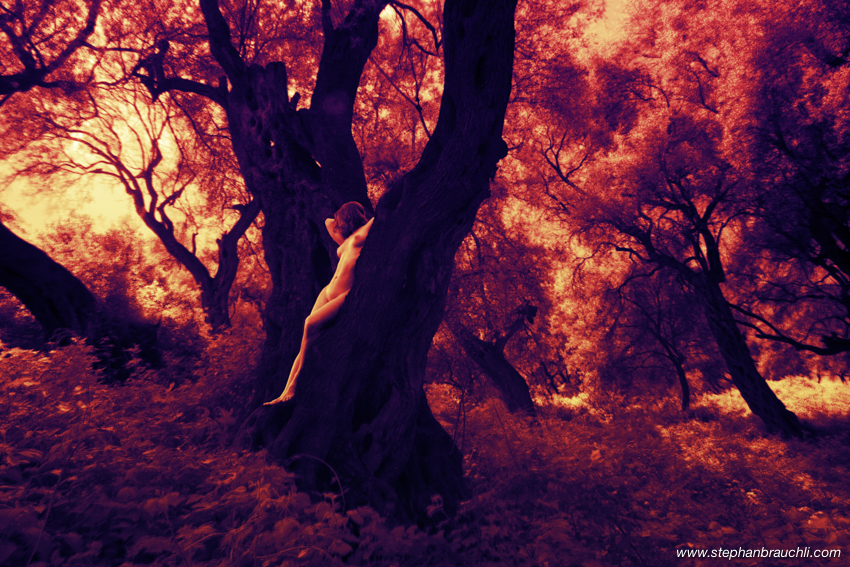
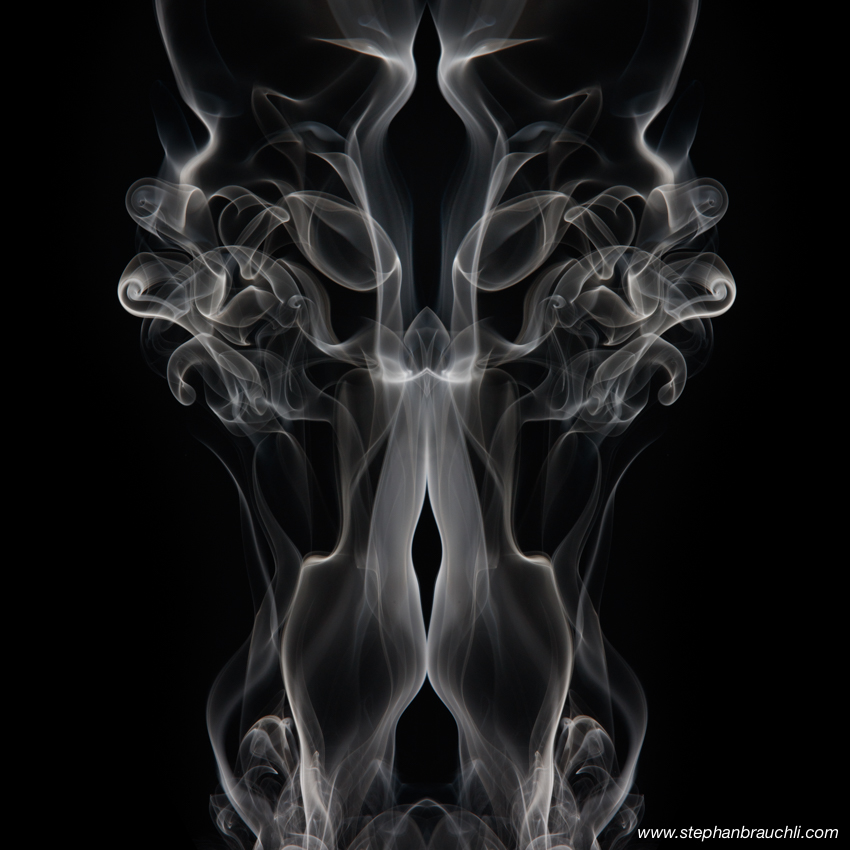
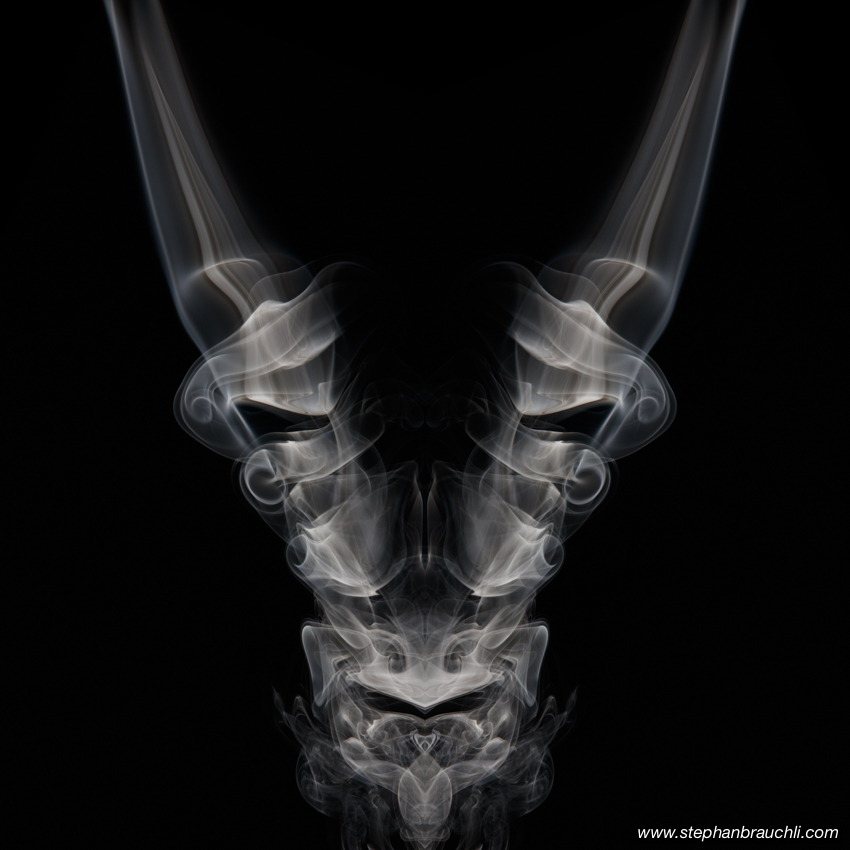
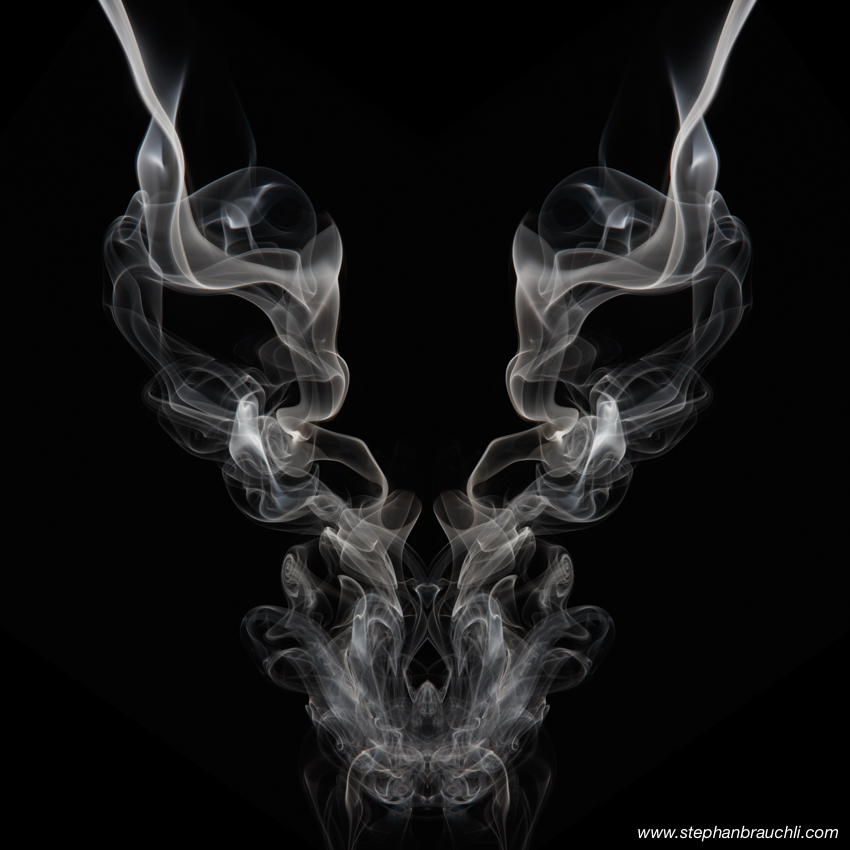
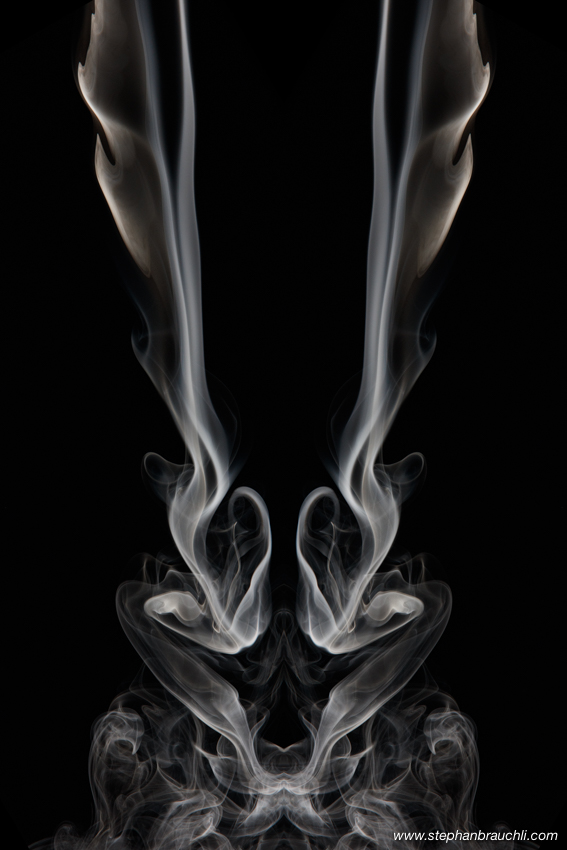
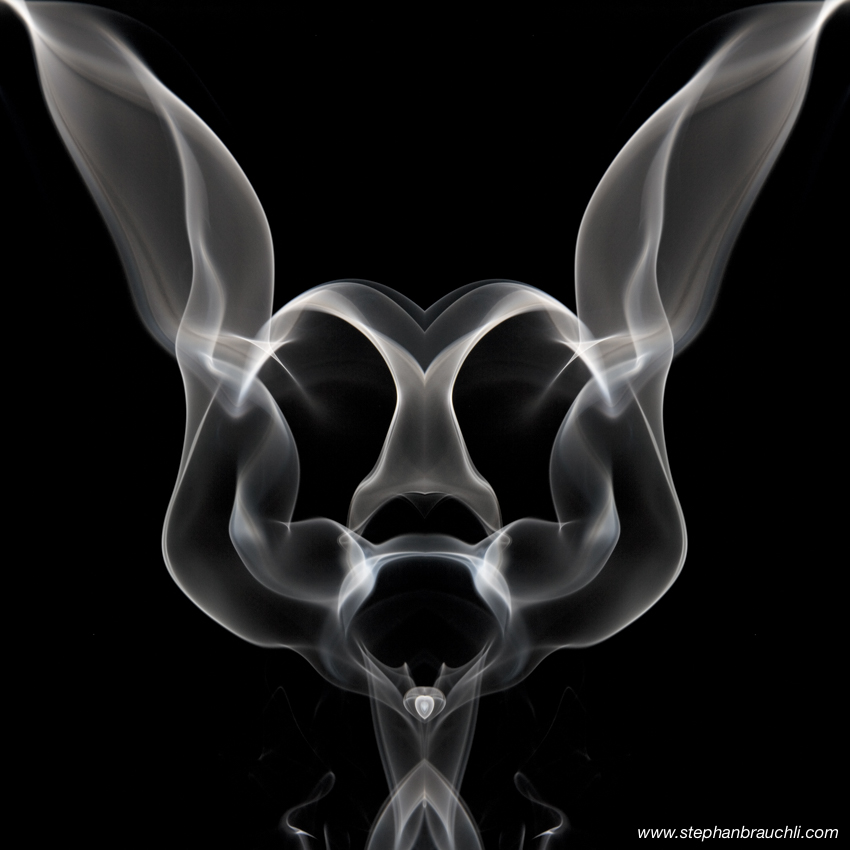
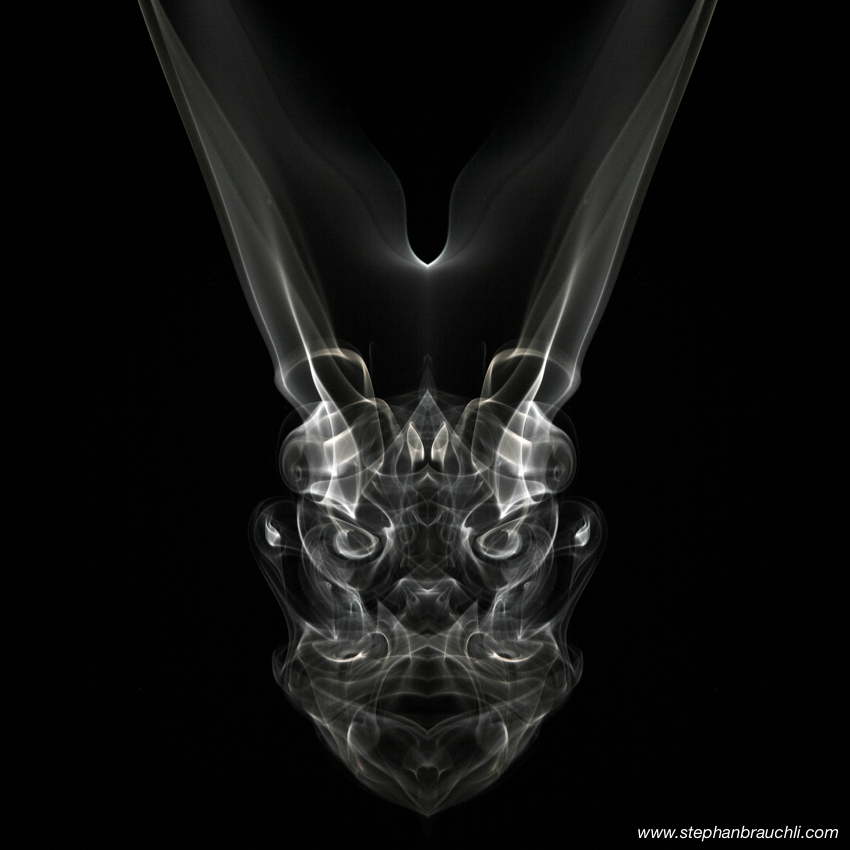
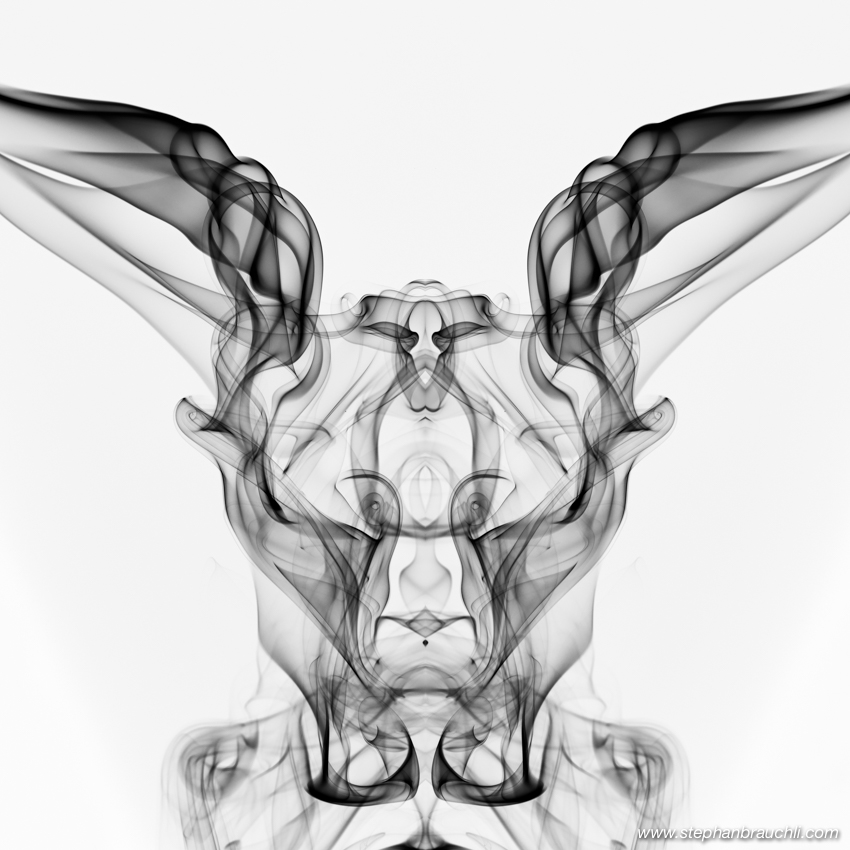

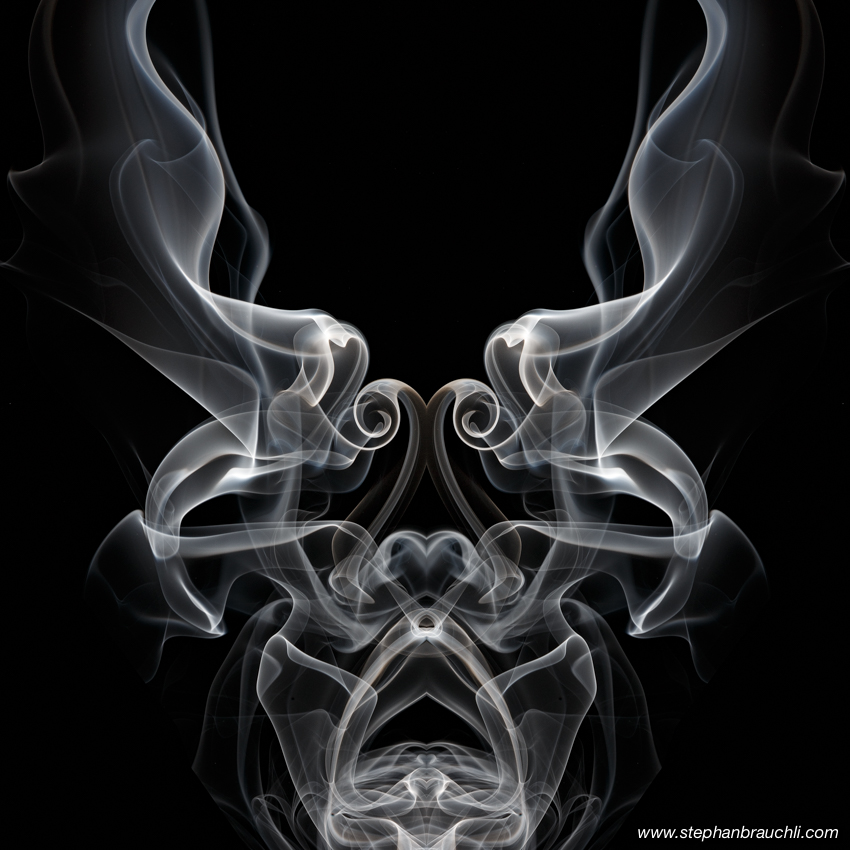
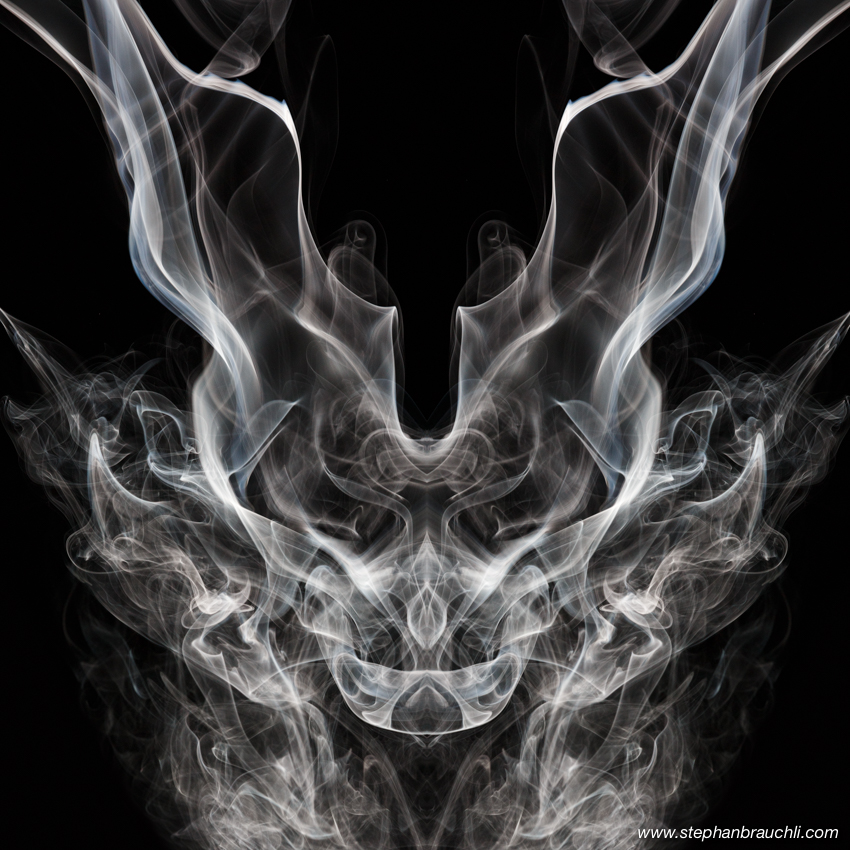
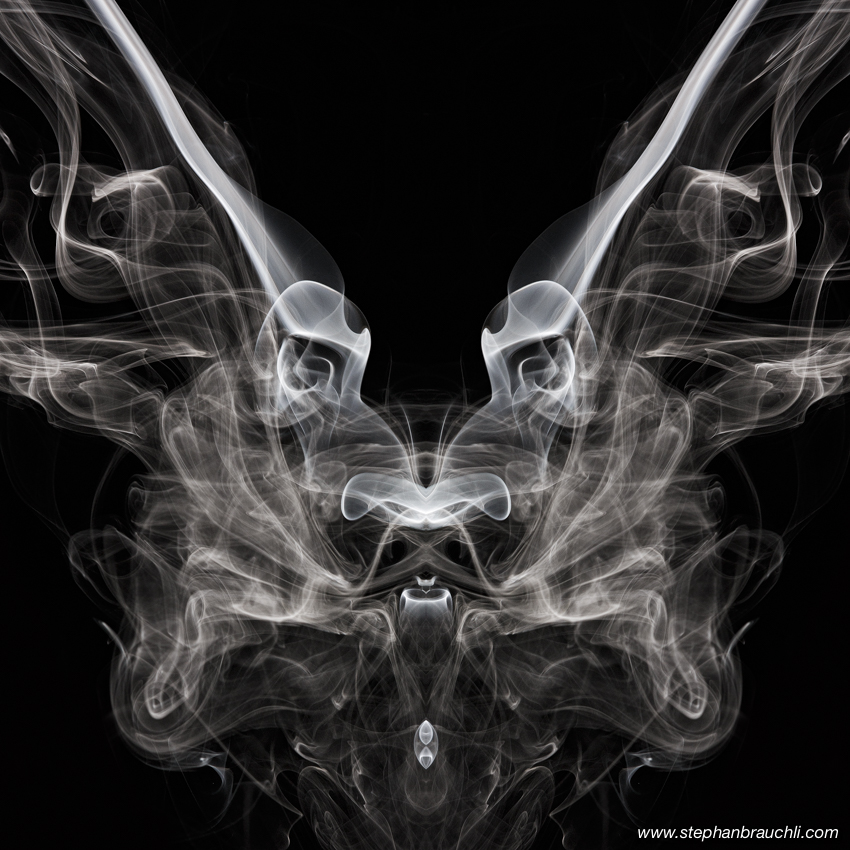
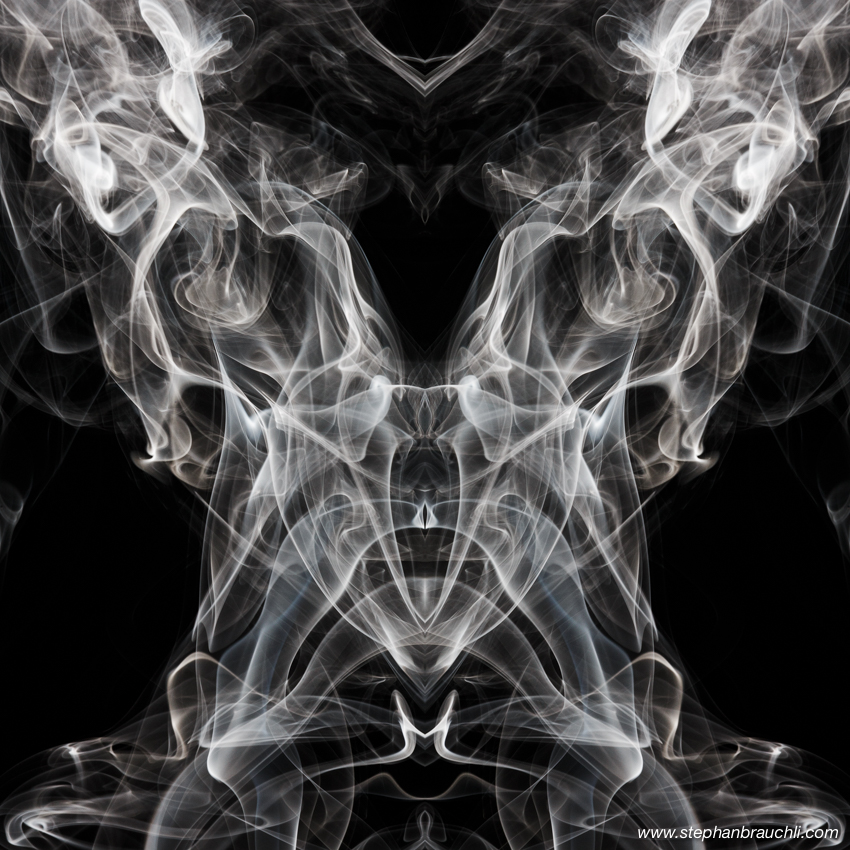
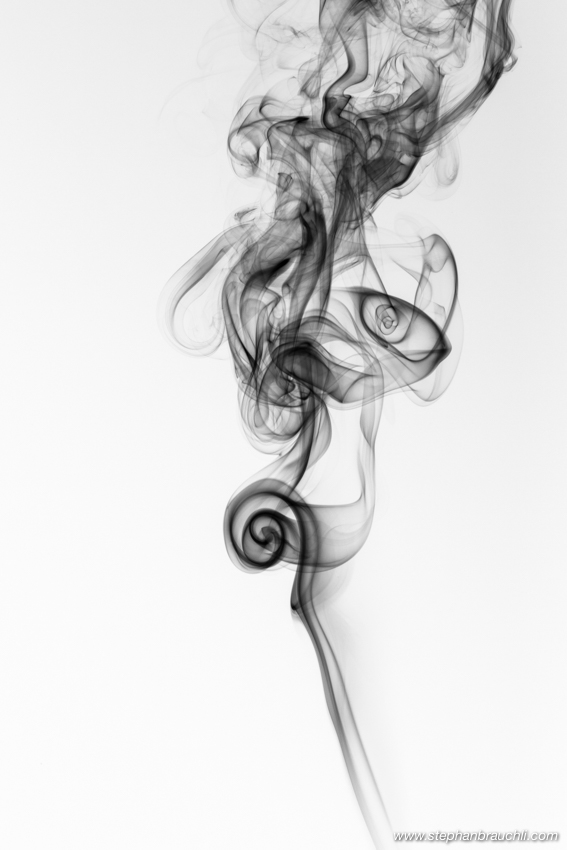
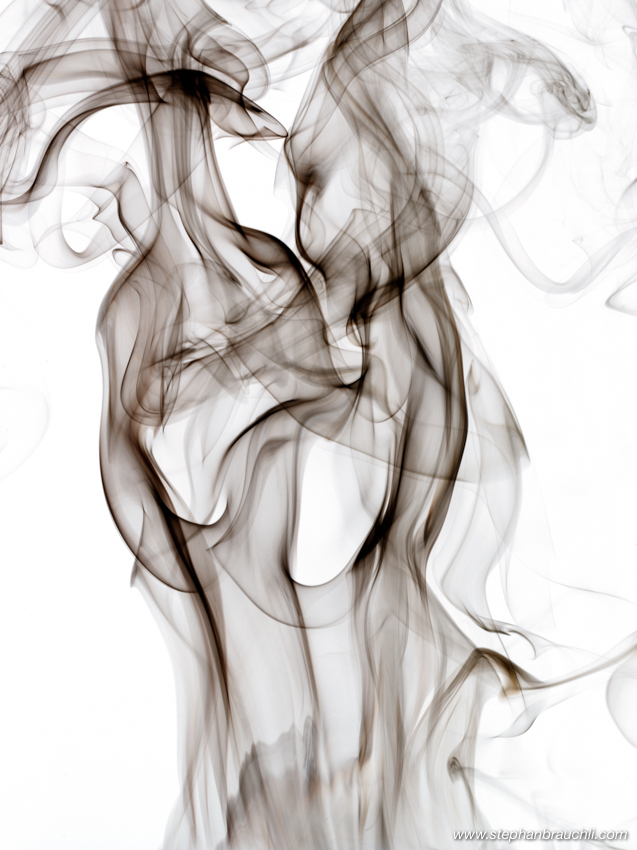
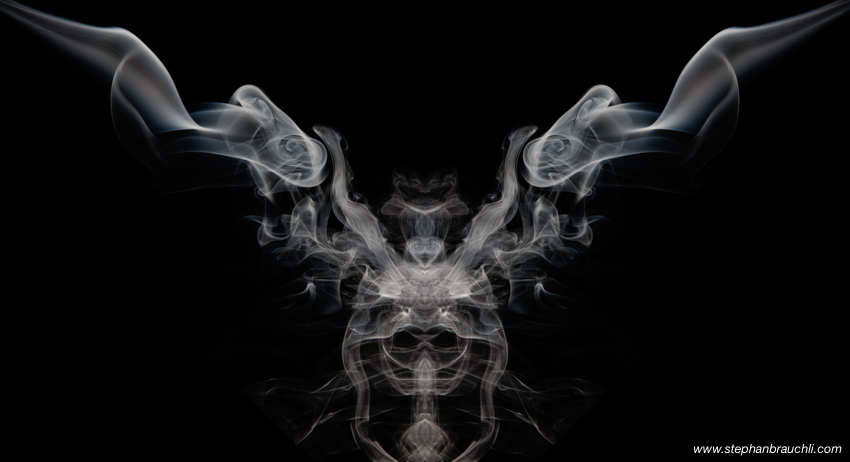
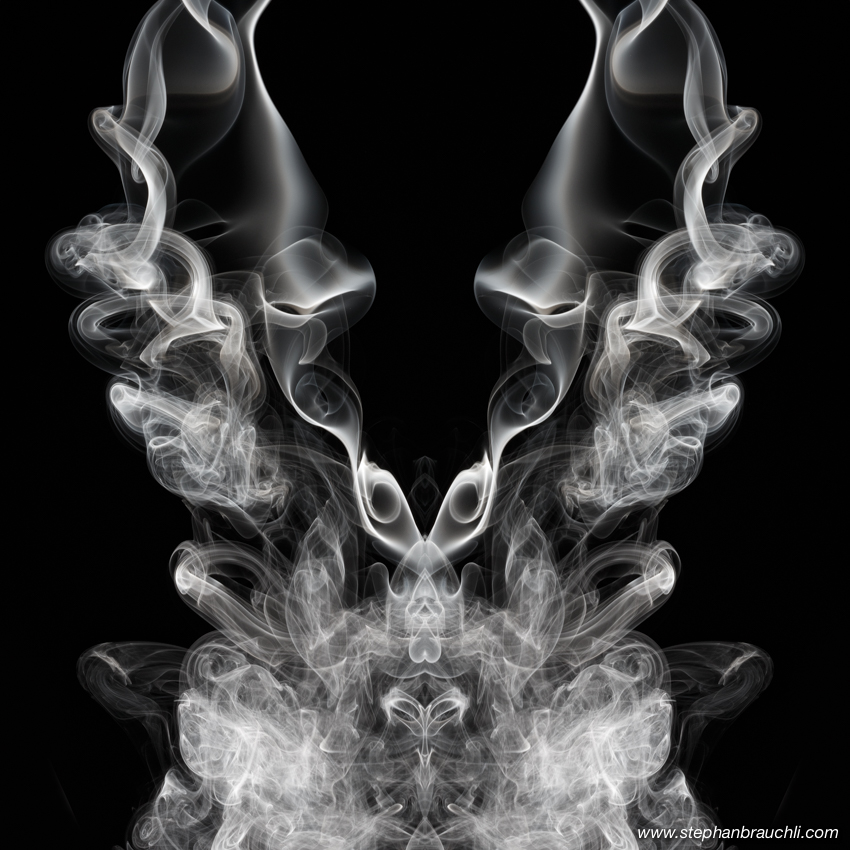





Leave a Reply